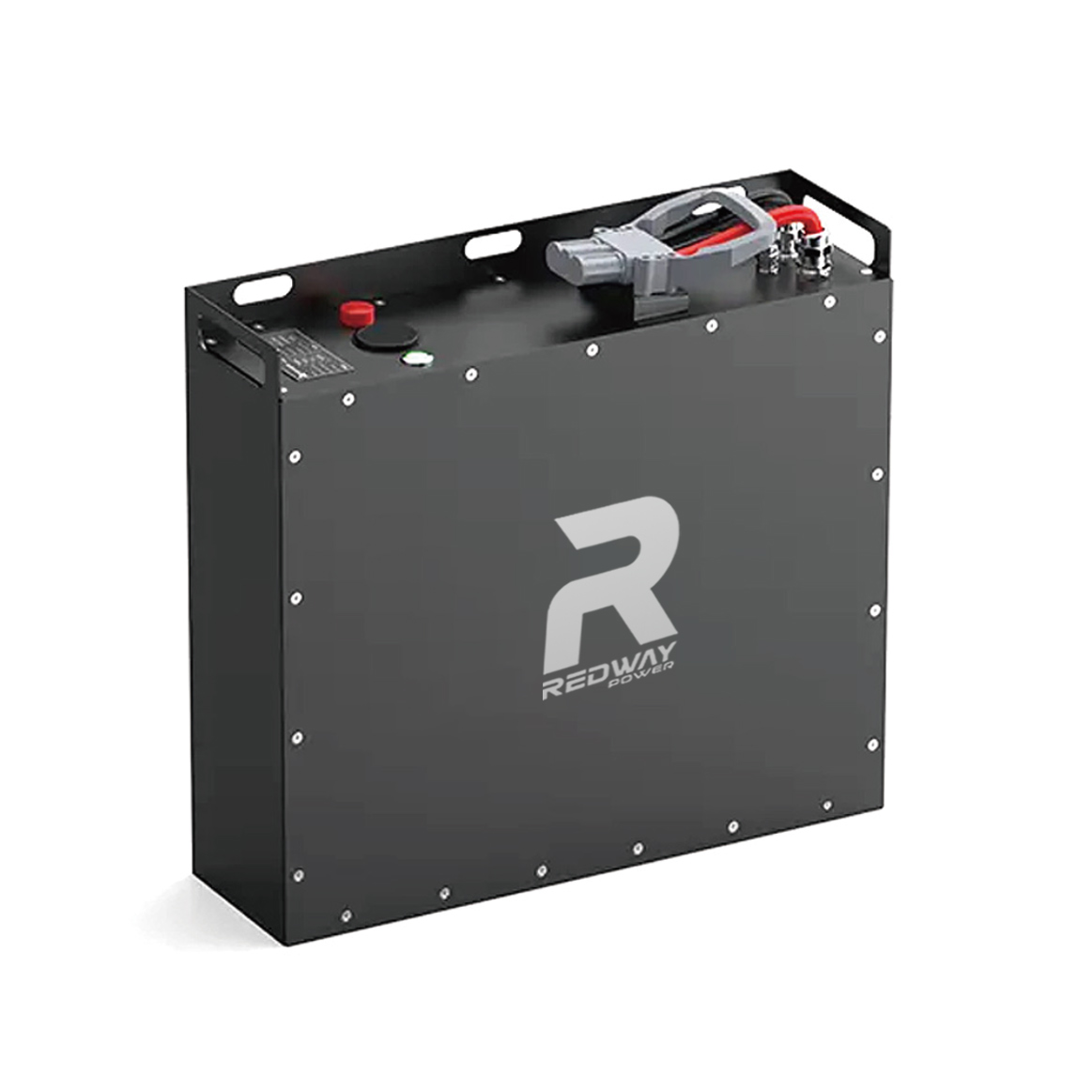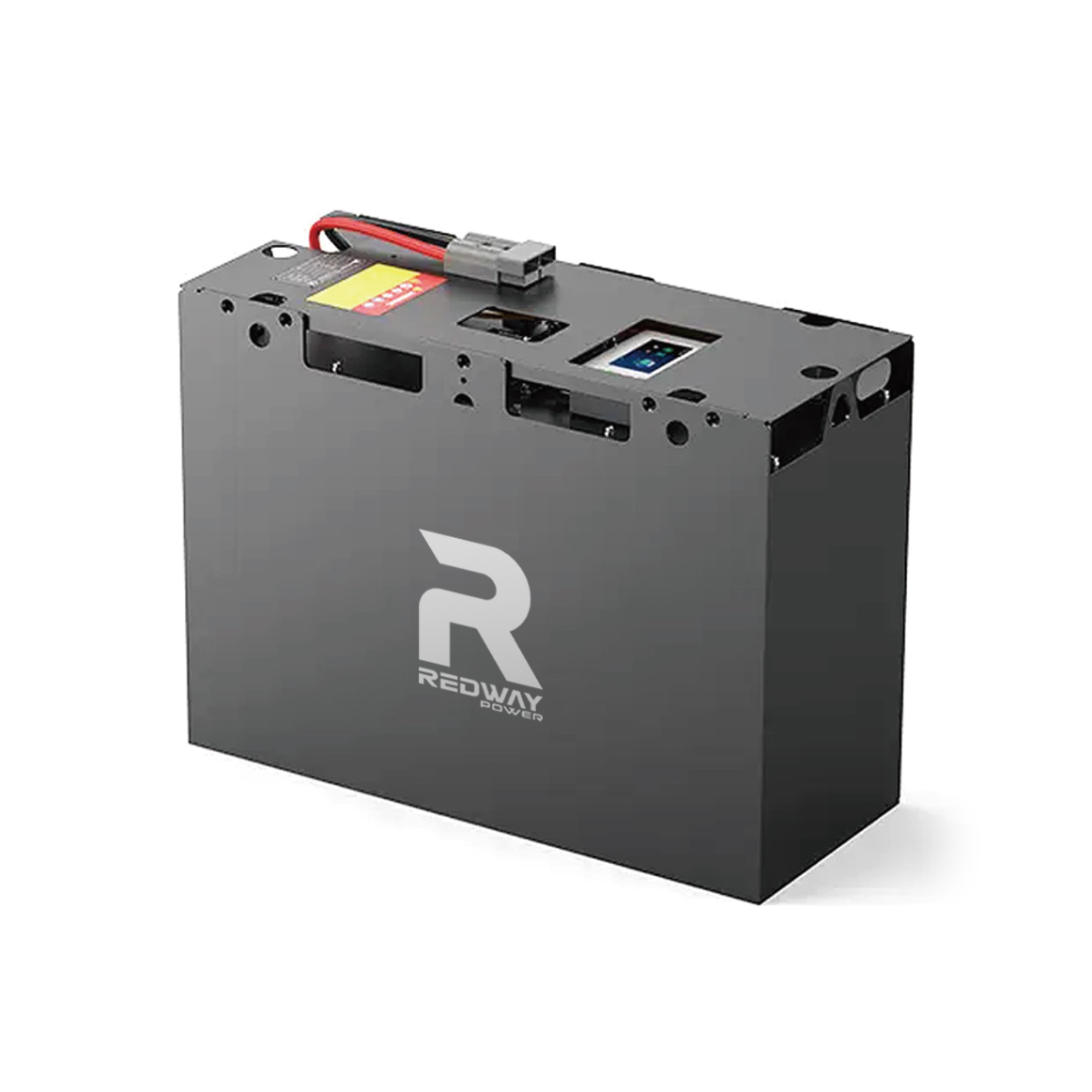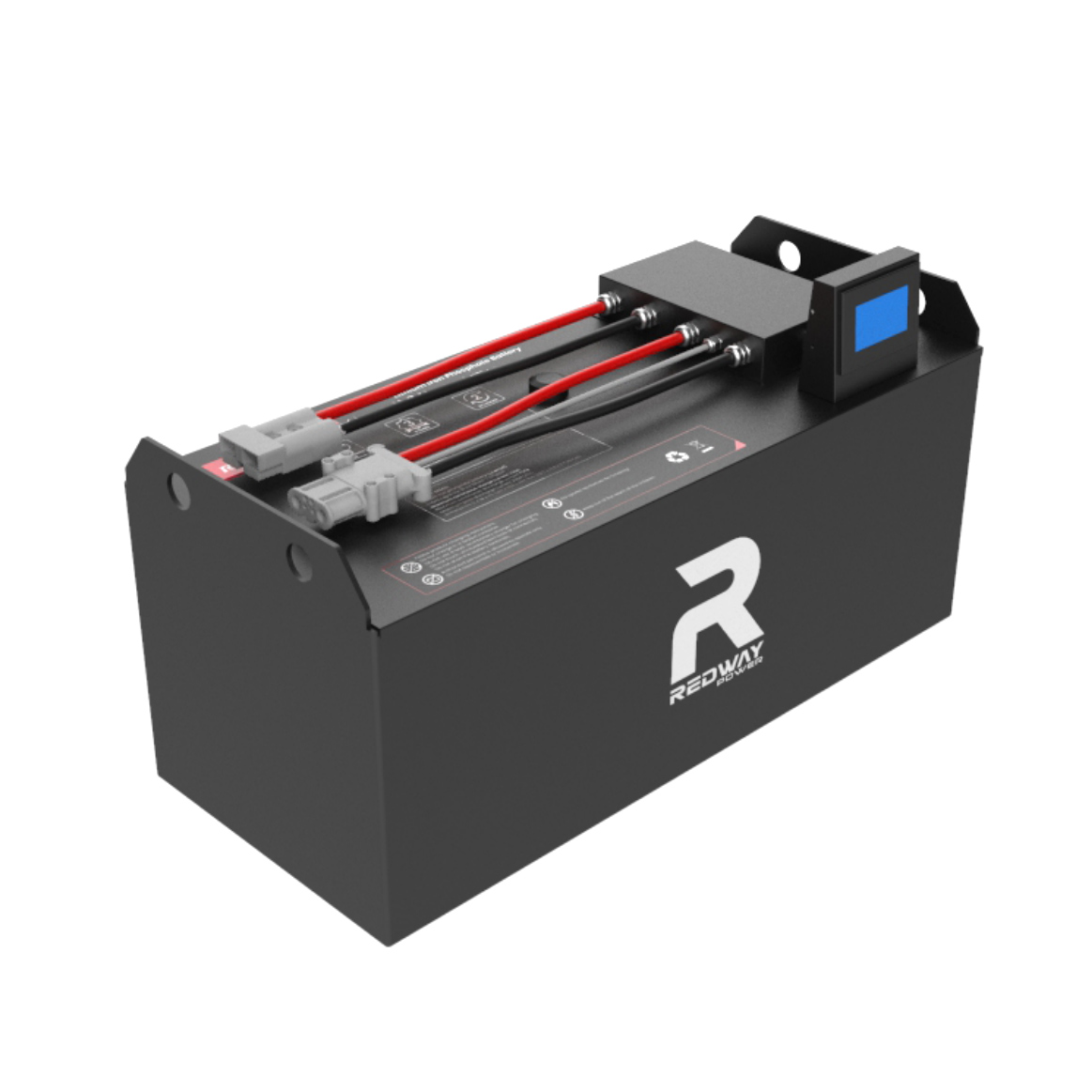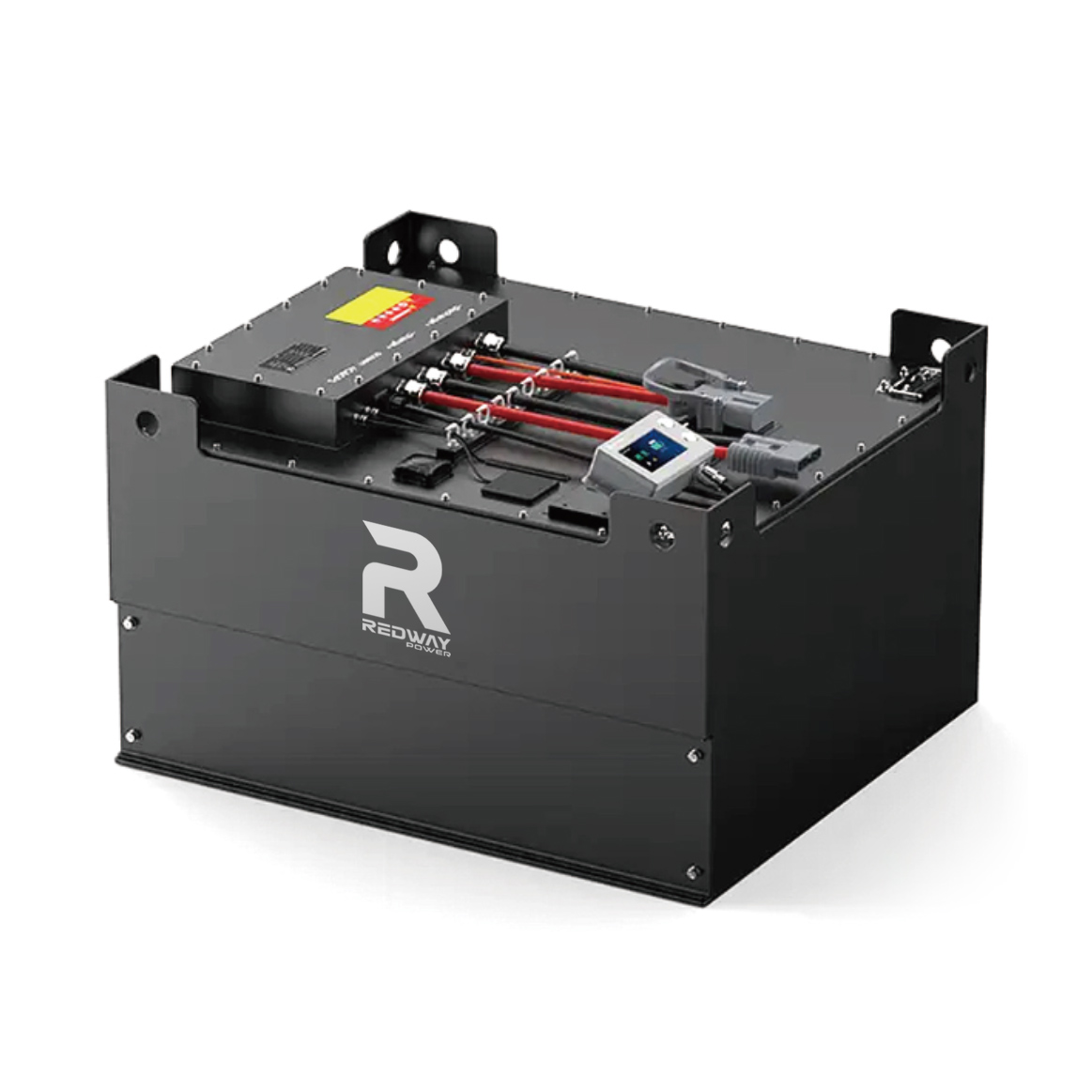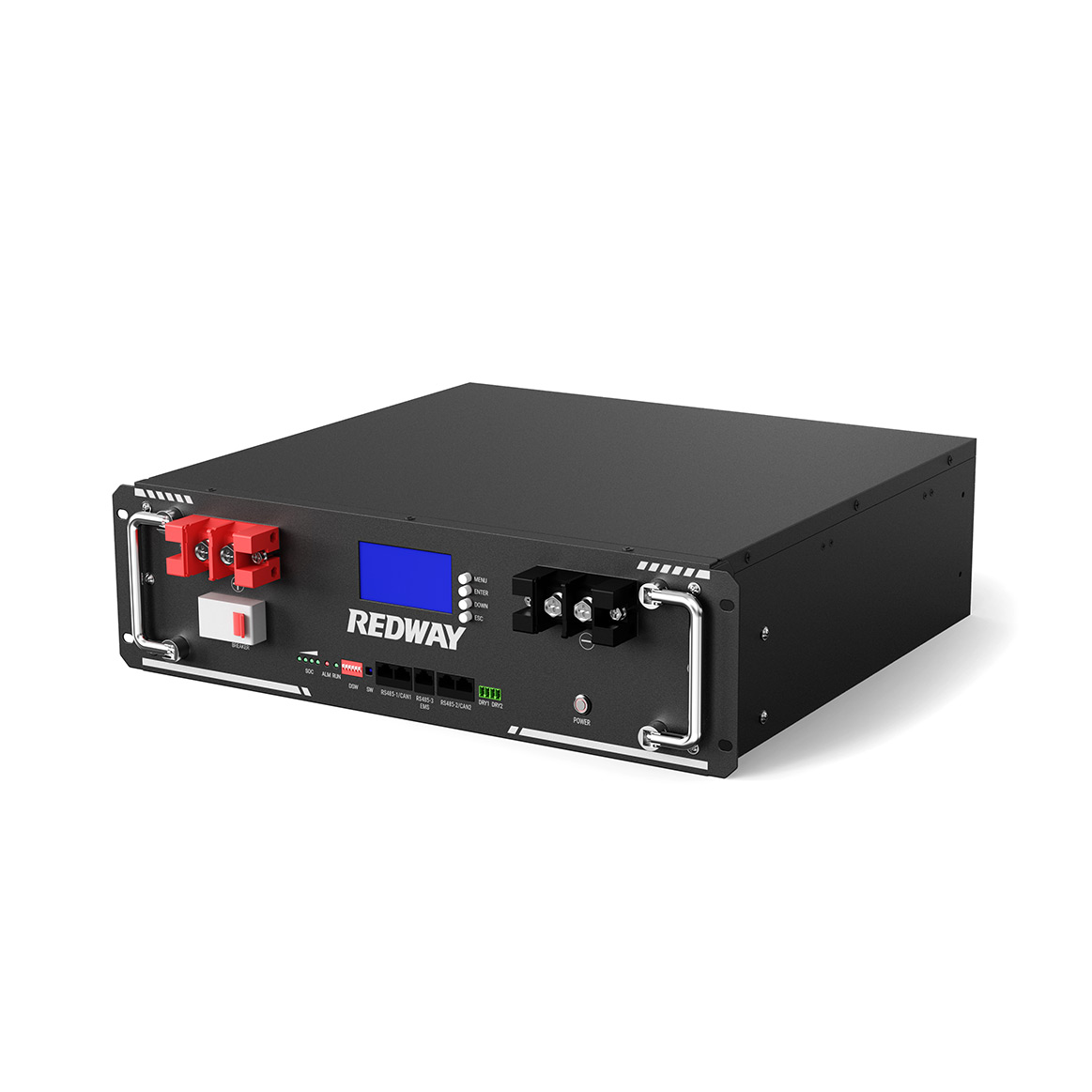Deep Cycle LiFePO4 Batteries Manufacturer
Looking for a business partner from whom you can buy deep cycle lithium batteries at wholesale price? We got you covered. Learn more about how we can work together.
Redway Lithium ion Battery Factory has been diligently striving to unlock the mysteries of transforming deep cycle LiFePO4 Batteries into a profitable venture. Discover the inner workings of LiFePO4 Batteries, explore their advantages, various categories, extensive product line, exceptional craftsmanship, and a plethora of other fascinating details by simply clicking the button below!
We are a Lithium Battery OEM Factory
Redway is dedicated to the domains of 12V, 24V, 36V, 48V, 60V, 72V, 80V, 96V, 100V Deep Cycle Lithium Iron Phosphate Batteries, RV lithium battery, Marine battery, Rack-mounted lithium battery, Golf cart lithium battery and Forklift lithium batteries. Their ultimate goal is to fulfill the diverse energy needs of customers by providing comprehensive energy service solutions. These solutions encompass a range of offerings, including lithium-ion battery energy storage products, smart hardware solutions, energy investment, and operational services, among others.
Don’t you find what you are looking for?
Just tell us your detailed requirements. The best offer will be provided.
Blog
How to Choose a 36V 30Ah LiFePO4 Battery for Boats from a China Manufacturer?
November 3, 2025
No Comments
A 36V 30Ah LiFePO4 battery provides lightweight, long-lasting, and safe energy storage for marine applications. Redway Battery, a Shenzhen-based OEM, delivers customizable solutions with integrated
How can Redway Battery deliver 36V LiFePO4 solutions for marine applications?
November 3, 2025
No Comments
Redway Battery provides 36V LiFePO4 marine battery packs designed for long life, high safety, and consistent performance. Based in Shenzhen, China, Redway Battery serves shipyards,
How Can Redway Battery Power Your China-Made 36V 100Ah LiFePO4 Battery?
November 3, 2025
No Comments
Redway Battery, a leading Shenzhen-based OEM lithium battery manufacturer, provides 36V 100Ah LiFePO4 packs with a 200A BMS designed for B2B, wholesale, and OEM applications.


